Exceptional or average? How the teams stack up heading for Australia
This year the F1 teams had just eight days of running in which to prepare their cars for the season-opener in Australia, but who made the best use of the limited track time and who came up short? What shape are world champions Mercedes in? And how about newcomers Haas? As the dust settles in Barcelona, we take a team-by-team look at all of the action from the shortest pre-season in history…
Mercedes
Nico Rosberg, 1:23.022, 656 laps Lewis Hamilton, 1:23.622, 638 laps
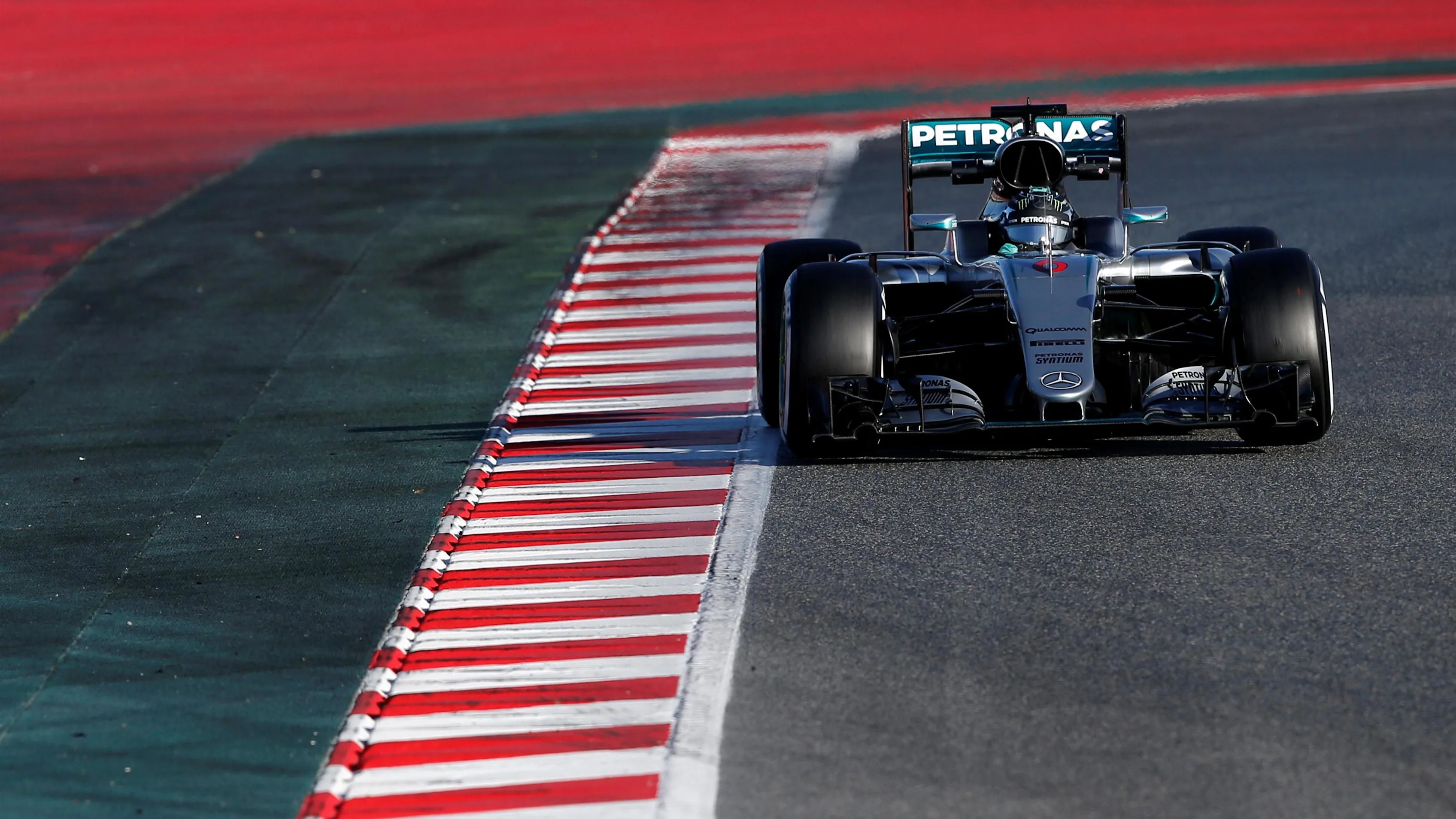
When Lewis Hamilton says this has been Mercedes’ best winter ever, it’s hard to argue with him. Buoyed by near bulletproof reliability, the reigning world champions threw down the gauntlet once more by racking up a previously unthinkable number of the laps in the F1 W07 Hybrid. And even when Hamilton ground to a halt just before lunch on the final day with a gearbox issue, it wasn’t long before the problem was fixed and Nico Rosberg was back on track and pounding around once more. Closest rivals Ferrari may have lapped quicker, but don’t be fooled - the Silver Arrows are still devastatingly fast, and the rest of the field knows it. They would have proved it too, had they run the supersoft or ultrasoft tyres and not stuck so diligently to long runs on harder compounds. Even so, while some have suggested Mercedes' ominous form could leave them in a league of their own in Australia, Rosberg remains surprisingly cautious. “We know more or less where we are compared to Ferrari - which is why I say for sure it is close,” he said as testing concluded. “But we are not sure if we are ahead or behind.”
Ferrari
Kimi Raikkonen, 1:22.765, 403 laps Sebastian Vettel, 1:22.810, 488 laps
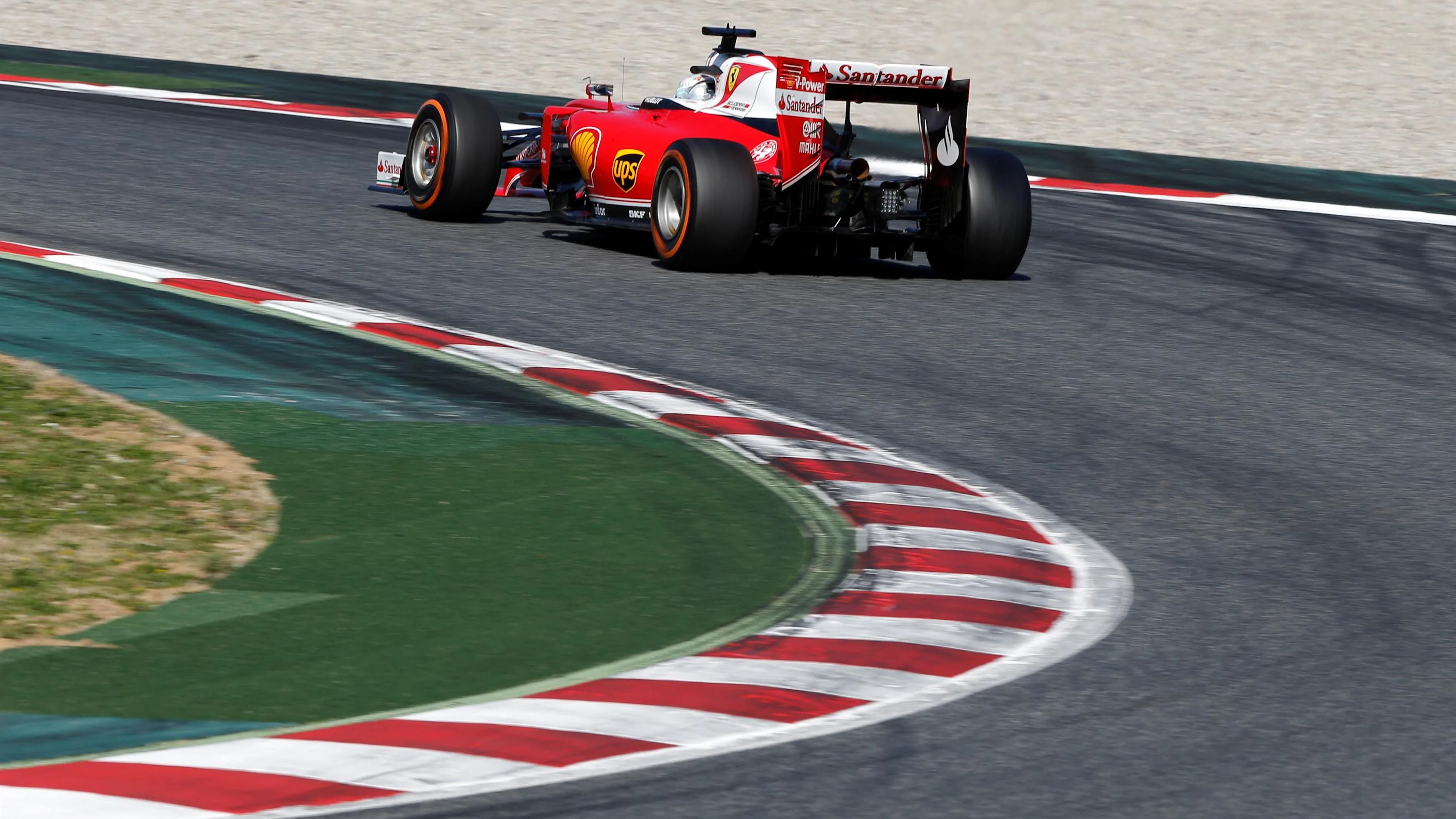
Having ushered in a raft of technical developments on their new car, the SF16-H, Ferrari had hoped to close the gap to Mercedes over the winter, and the early indications are that they’ve done just that. After overcoming a couple of niggling problems early in test two, Kimi Raikkonen and Sebastian Vettel laid down the two quickest laps of the pre-season when they donned Pirelli’s new ultrasoft tyres. But it was their pace relative to the Silver Arrows on soft rubber that has left those in Maranello (not to mention neutral observers) cautiously optimistic heading into the new campaign, despite having covered just 64 percent of the mileage of their chief rivals. “All I can say is that the first impression was good and everything that we’ve built during these two weeks felt very positive,” said Vettel. “I am very happy with the feeling in the car - but it is difficult speaking about performance and comparing it to the others. But in terms of our own performance we are very happy with the step we’ve made.”
Force India
Nico Hulkenberg, 1:23.110, 357 laps Sergio Perez, 1:23.650, 289 laps Alfonso Celis, 1:24.840, 133 laps
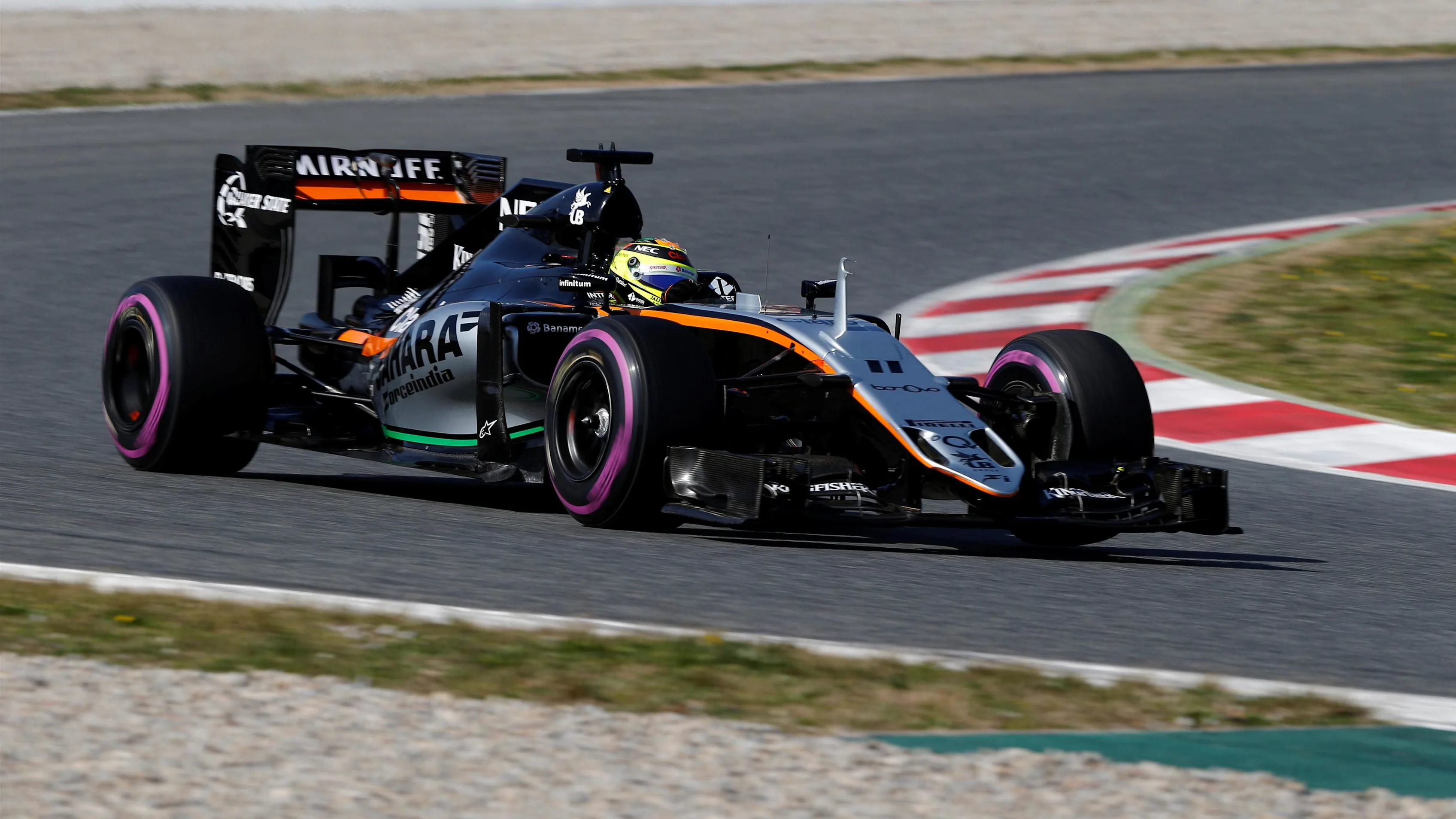
Having enjoyed their best-ever season under Vijay Mallya’s stewardship in 2015, Force India unsurprisingly opted for an evolutionary rather than revolutionary approach for their new car, and the tactic appeared to pay off in terms of mileage with the team racking up some 2,000km more in this pre-season than last. Unlike some of their rivals, they also did a reasonable amount of runs on low fuel, using tyres at the softer end of the spectrum, and as such they emerged with some quick times - albeit ones that, because of their rivals’ differing programmes, are almost certainly not representative of the VJM09’s true place in the overall pecking order. Still, despite a technical issue on the final day of running, the team feel they’re in decent shape for the start of the season, and so do Nico Hulkenberg and Sergio Perez, despite having to surrender a day each of valuable seat time to new test driver Alfonso Celis.
Toro Rosso
Carlos Sainz, 1:23.134, 515 laps Max Verstappen, 1:23.382, 534 laps
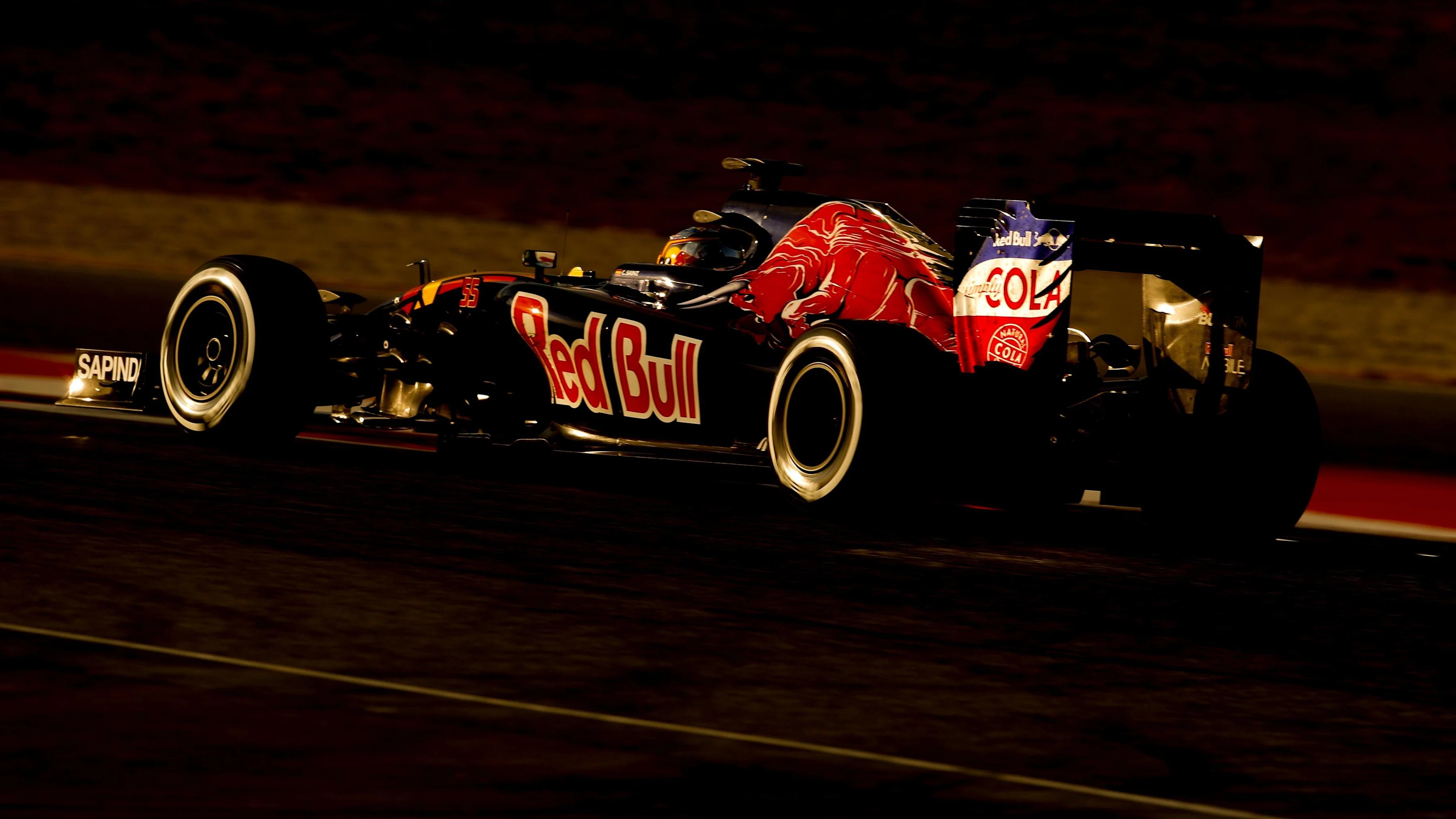
Convinced their new car represents a big step forward, Toro Rosso have been in bullish mood behind the scenes in 2016 - indeed, they’ve even entertained the notion of breaking back onto the podium. Given they only have one rostrum since entering F1 racing - Sebastian Vettel’s breakthrough win at Monza in 2008 - that’s a very clear statement of intent. So can they back it up? One of the big reasons to be optimistic is just how well - and how quickly - they adjusted to the late switch from Renault to Ferrari power. Given the massive amount of work that entailed, it was surprising to see how well packaged the STR11 is - and even more surprising to see it clock up 1,049 laps, well ahead of every team bar Mercedes. They impressed in the timesheets too, looking competitive over race distances and shorter qualifying bursts. The latter part of the season might see the team drop back given they won’t be able to develop their 2015 power unit, but they appear to be serious dark horses.
Williams
Felipe Massa, 1:23.193, 411 laps Valtteri Bottas, 1:23.229, 445 laps
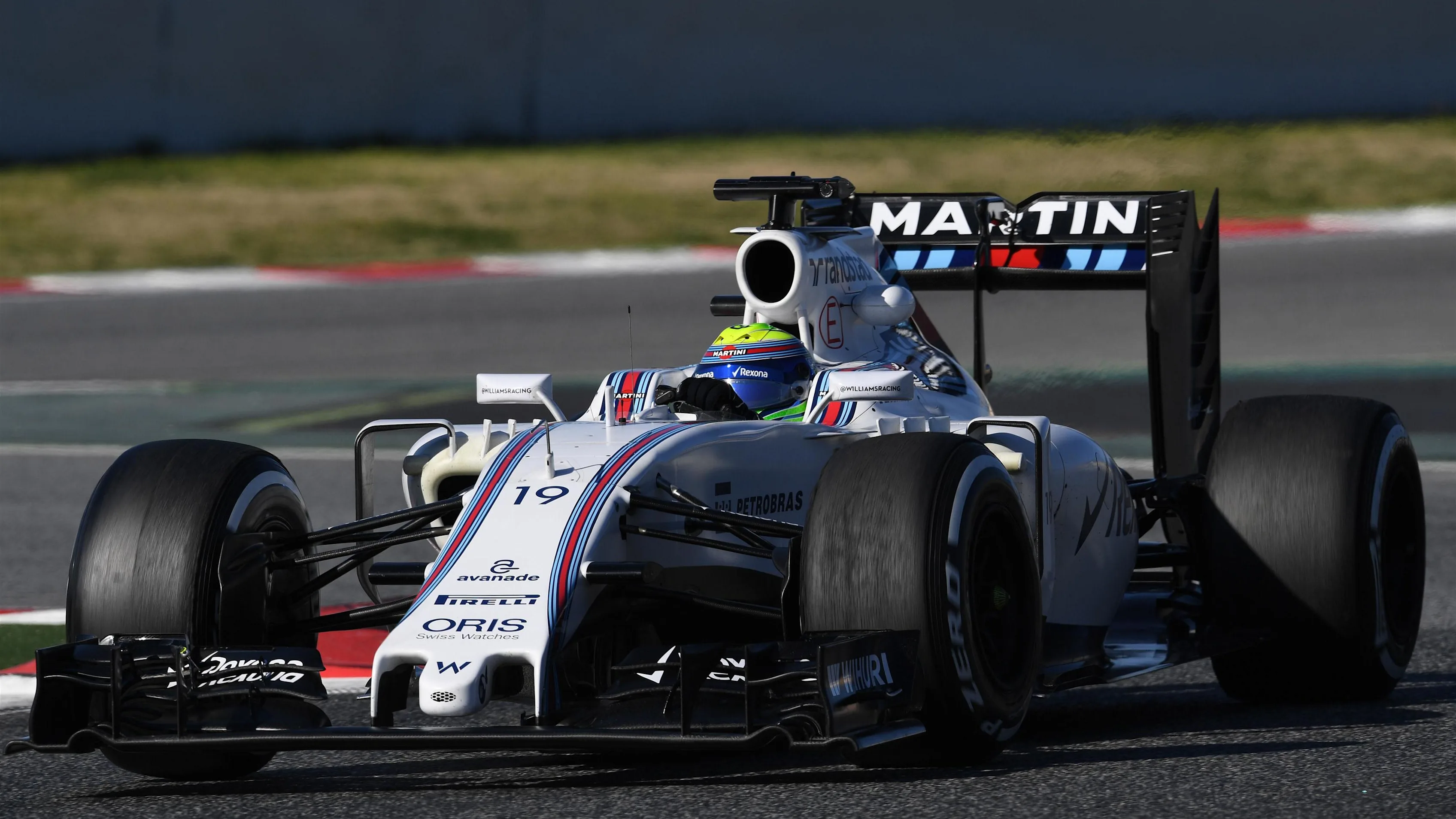
Williams went into the 2016 pre-season with the expectation that a stable driver pairing and continuity in the engineering team would provide a solid foundation, and so it proved with Valtteri Bottas and Felipe Massa able to put nearly 4,000km on the new FW38 without any major setbacks. As ever, the Grove-based team refrained from chasing headline times, preferring to focus on reliability at the first test before a shift to performance running at the second. But even without bothering the sharp end of the timesheet, chief test engineer Rod Nelson reckons he’s seen enough to suggest Williams have made a step forward from last year. "There's no doubt that Mercedes are extremely strong. Ferrari less so,” he said when asked to rank the pecking order as testing drew to a close last week. "We'd like to think we're slugging it out with Ferrari. We've got some more bits to bring to the car [including a shorter nose] and I'm sure they have as well. We'll do the best job we can. Merc's gone but we'd like to be second." Massa and Bottas have been slightly more circumspect, but there’s no doubt there’s a quiet confidence heading into Australia.
Red Bull
Daniel Ricciardo , 1:23.525, 457 laps Daniil Kvyat, 1:24.293, 360 laps
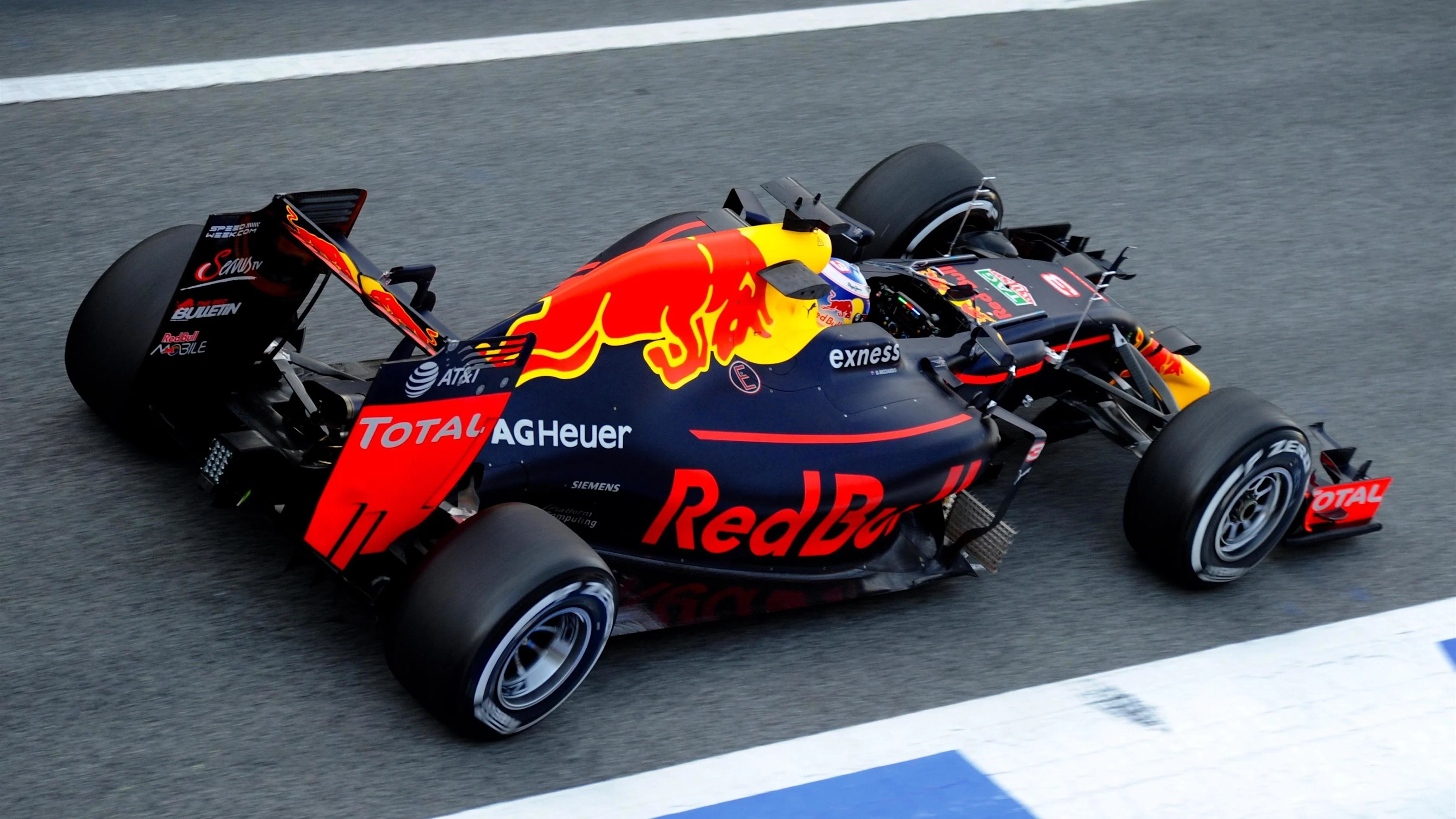
Red Bull are one of the harder teams to read, having kept their hand closely guarded over the eight days in Barcelona. Part of the problem is that while Red Bull have improved, their nearest rivals from last year - Williams and Force India - have done likewise. Renault don’t appear to have completely overcome their deficit to the other power unit manufacturers either - Daniel Ricciardo was only eighth fastest in the speed traps for example, surrendering a massive 13 km/h to the Ferrari-powered Sauber of Marcus Ericsson. Asked for his own take, the Australian conceded that Mercedes and Ferrari are well ahead in terms of pure speed. That leaves Red Bull in the mix for third - although all the signs from Spain point to there being almost nothing to choose between three or four teams.
Renault
Kevin Magnussen, 1:23.933, 509 laps Jolyon Palmer, 1:24.859, 267 laps
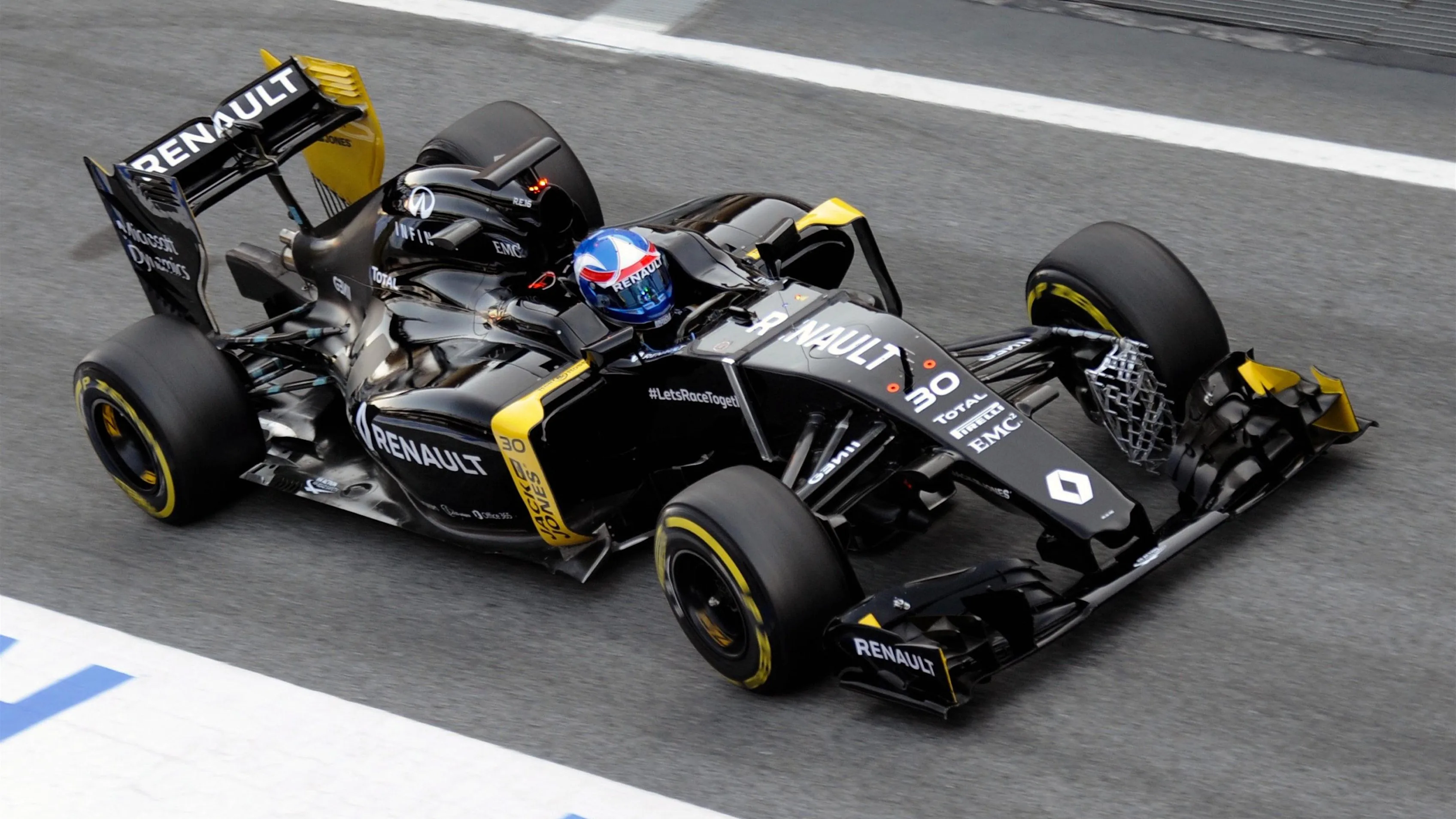
After their trials and tribulations with Red Bull last year, Renault’s much-heralded return as a works squad did not get off to the smoothest of starts in the opening test. A number of growing pains were to be expected, especially given the former Lotus squad’s late switch from Mercedes engines, and not until day three did their lap count hit three figures, thanks to a variety of technical issues, primarily power-unit related. Lessons learned, the team seemed much more in the groove for test two, with both F1 returnee Kevin Magnussen and rookie team mate Jolyon Palmer making positive noises about the RS16 and its improved reliability. The car wasn’t quite on the pace of the similarly-powered Red Bull - Renault’s obvious benchmark for the start of the season - but Magnussen’s best lap came close to cracking the top ten on the aggregate timesheet, giving the Enstone squad a welcome morale boost as they head to Melbourne.
McLaren
Jenson Button, 1:24.714, 377 laps Fernando Alonso, 1:24.735, 333 laps
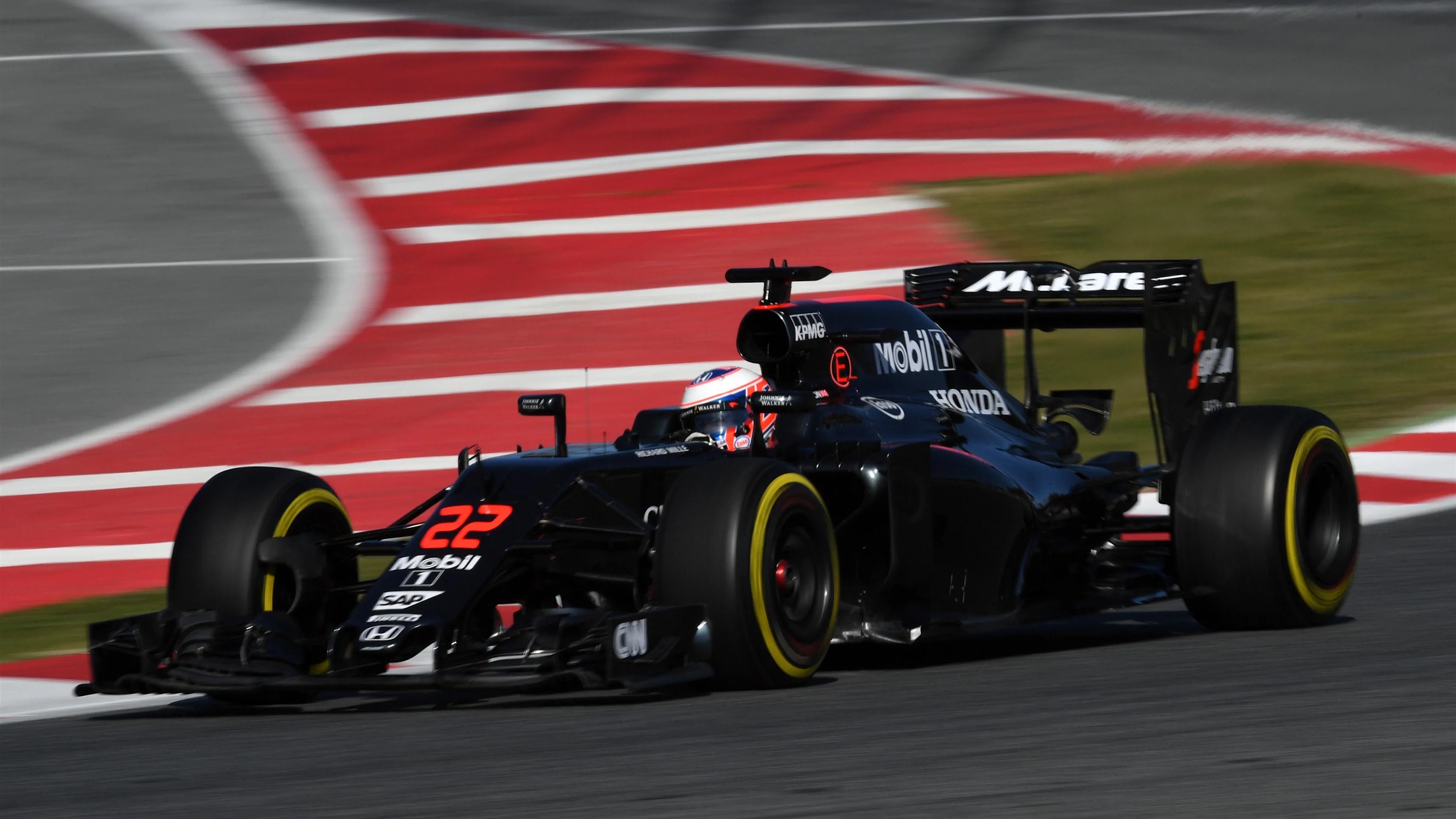
Have McLaren improved? Undoubtedly. Have they improved enough to challenge regularly for the points? Unlikely. For evidence of that, look no further than the teams’ fastest runs on the ultrasoft tyre. Ferrari were quickest in this pot through Kimi Raikkonen’s 1m 22.765s. Force India and Toro Rosso were a few tenths back; Red Bull fractionally further back; but Jenson Button was a full 2s down the road. The team were bottom of the speed trap too, clear evidence that Honda still have work to do. It isn’t all on the Japanese giant’s shoulders though - McLaren also struggled with their chassis and set-up, a headache they hope new parts arriving in time for Australia will help fix. That’s not to say there haven’t been positives - the team racked up 710 laps for example, almost five times the distance they managed in 2015. But on the evidence presented so far, don’t expect them to suddenly surge up the order.
Sauber
Felipe Nasr, 1:24.760, 455 laps Marcus Ericsson, 1:25.031, 383 laps
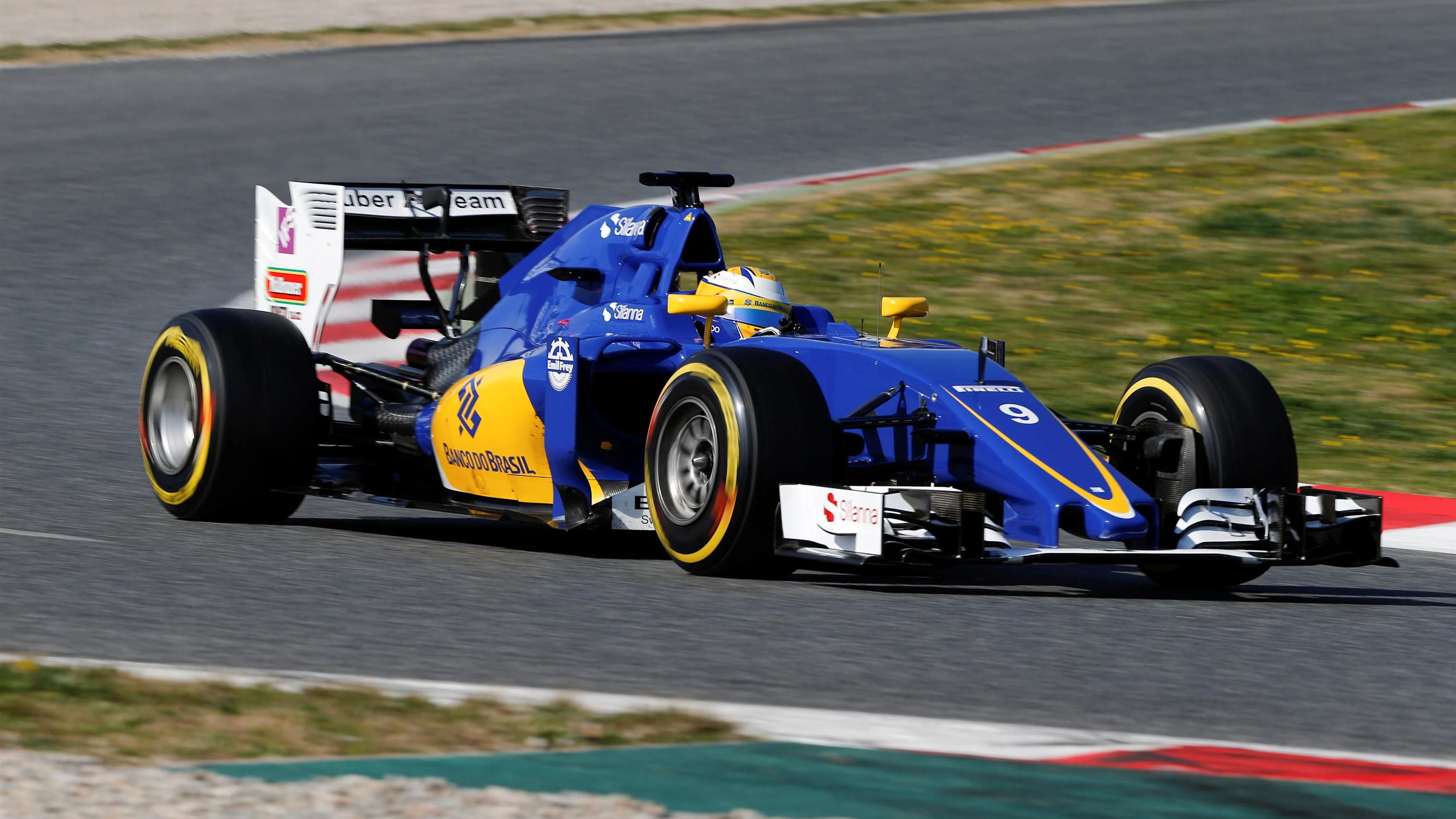
Sauber were the only team not to bring their 2016 car to the opening test, choosing instead to run a modified version of the C34 before introducing the C35 in the second week. How much that decision will ultimately cost them remains to be seen, but their new challenger did at least enjoy a smooth debut, averaging over 100 laps a day in the hands of the Swiss squad’s unchanged driver line-up of Felipe Nasr and Marcus Ericsson. Nasr reported better driveability in all speed ranges from his-Ferrari powered machine, and Ericsson’s right-rear wheel coming loose shortly after leaving the pits - presumably down to nothing more than finger trouble - was the only real hiccup. In terms of pace, the C35 displayed some strong straight-line speed and came within two seconds of Ferrari’s fastest lap time. However, that left them firmly in the lower half of the aggregate timesheet, suggesting that beating Manor and Haas - rather than challenging the midfield - could be their main task in the opening races at least.
Manor
Pascal Wehrlein, 1:24.913, 252 laps Rio Haryanto, 1:25.899, 232 laps
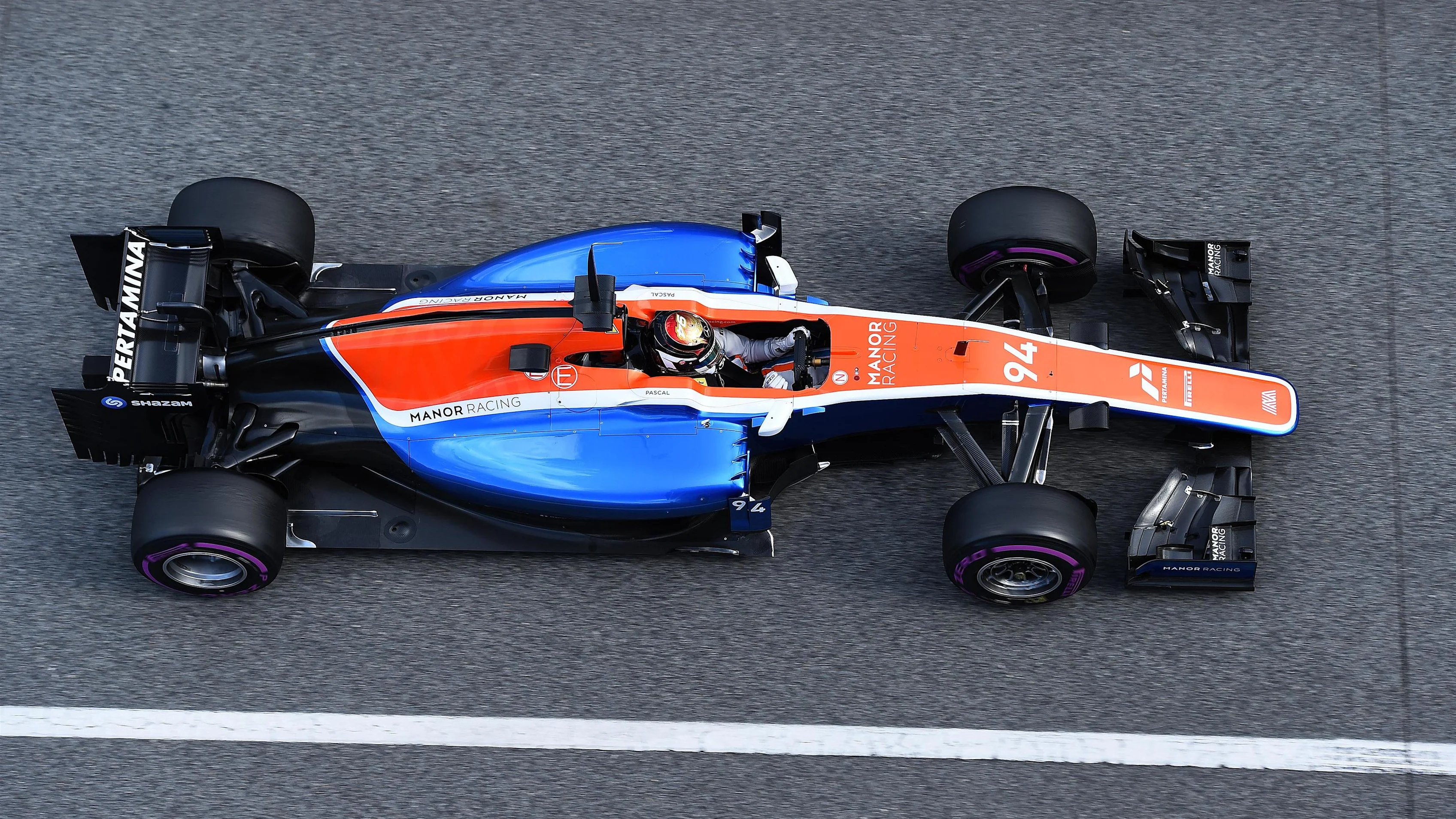
Following a winter of upheaval that saw former team lynchpins John Booth and Graeme Lowden depart, Manor began a new chapter in pre-season with a heavily-revised car, a fresh paintjob, and a brand-new rookie line-up - not to mention the key additions of a Mercedes power unit and Williams transmission. Technical Director John McQuilliam described the MRT05 as “the best car we’ve ever launched” and almost immediately it was clear that Manor had indeed made a big step forward from a performance point of view - on the first day alone Mercedes protege Pascal Wehrlein lapped almost three seconds faster than the team managed in qualifying at the same circuit last year, suggesting the tail end of the midfield is indeed a genuine target this year. However, testing wasn’t without its setbacks, with a number of technical issues (including an oil leak on the first day of the final test) contributing to Manor completing the second lowest lap tally of any team. Still, that’s a big improvement on last year when, with the future of the team hanging in the balance, they completed no pre-season running at all. New racing director Dave Ryan explained that Manor’s targets for the forthcoming season are “respectability and competitiveness”, and on the evidence from Barcelona they’re on track to achieve both.
Haas
Romain Grosjean, 1:25.255, 257 laps Esteban Gutierrez, 1:25.422, 217 laps
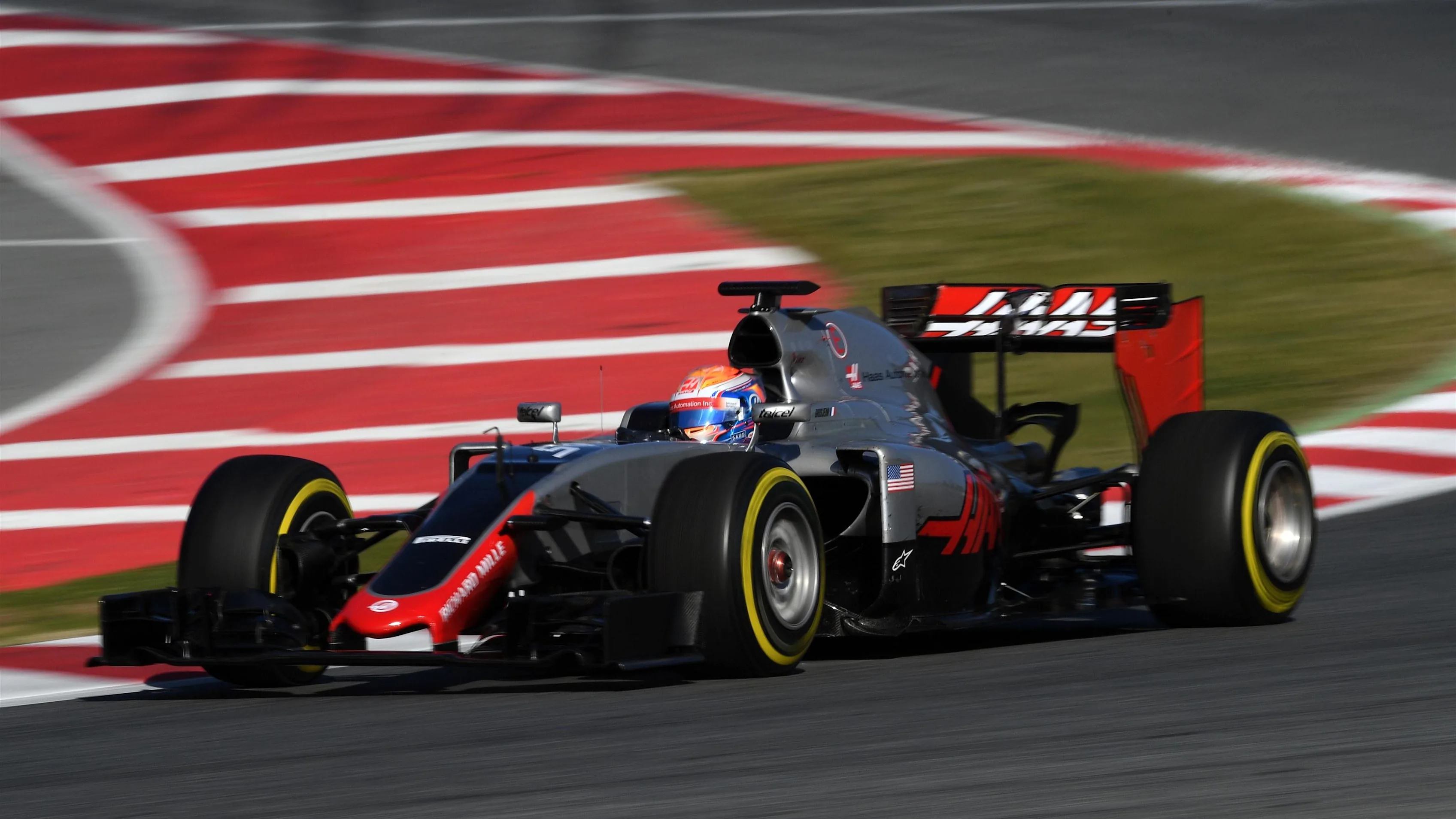
Formula One racing’s first new team since 2010 enjoyed a veritable rollercoaster of emotions in pre-season. To begin with, things couldn’t have gone much better - at the first session the Ferrari-powered VF-16 ran solidly straight out of the box, with Romain Grosjean and Esteban Gutierrez racking up a highly-respectable 281 laps and the American team proving their credentials by responding splendidly to a first-morning front wing failure. But as impressive as that showing was, so the second test was troublesome, with the final four days of running blighted by a fuel system issue, a pair of turbo failures and a brake-by-wire problem that left Grosjean in the gravel and the team facing a race against time to perfect the system for Melbourne. All in all, Haas’s pre-season was probably what you’d expect from a brand-new team who’ve spent the best part of 22 months preparing - a heady mix of ups and downs. But despite their low mileage, the team have already done enough to suggest that they won’t be making up the numbers in 2016. Surely the only way is up.
Next Up
Related Articles
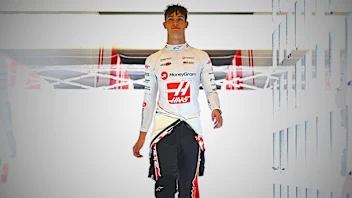 ExclusiveHow Bearman went from super-sub to star rookie in 2025
ExclusiveHow Bearman went from super-sub to star rookie in 2025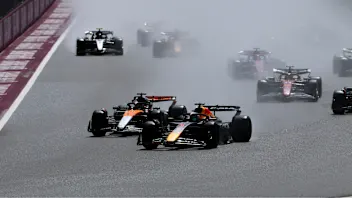 REVEALED: Your favourite race of the 2025 season
REVEALED: Your favourite race of the 2025 season.webp) Winners & Losers5 Winners and 5 Losers from the 2025 season
Winners & Losers5 Winners and 5 Losers from the 2025 season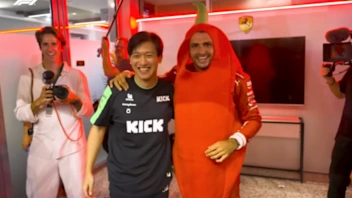 The best moments from F1 Secret Santa over the years
The best moments from F1 Secret Santa over the years.webp) End Of Year Reports 2025Alpine’s best and worst moments from 2025
End Of Year Reports 2025Alpine’s best and worst moments from 2025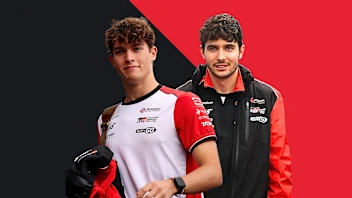 End Of Year Reports 2025Haas’ best and worst moments from 2025
End Of Year Reports 2025Haas’ best and worst moments from 2025